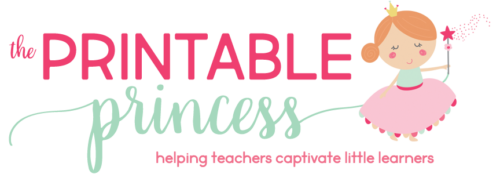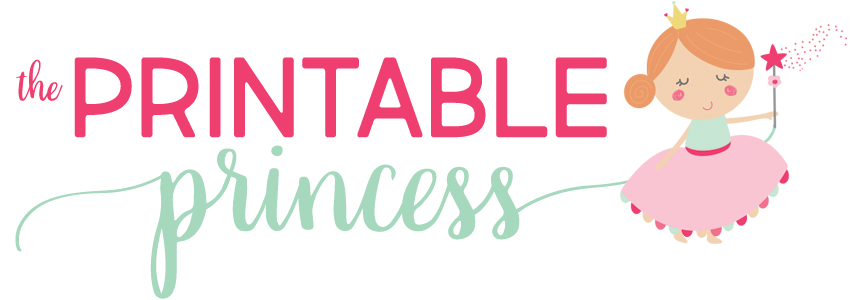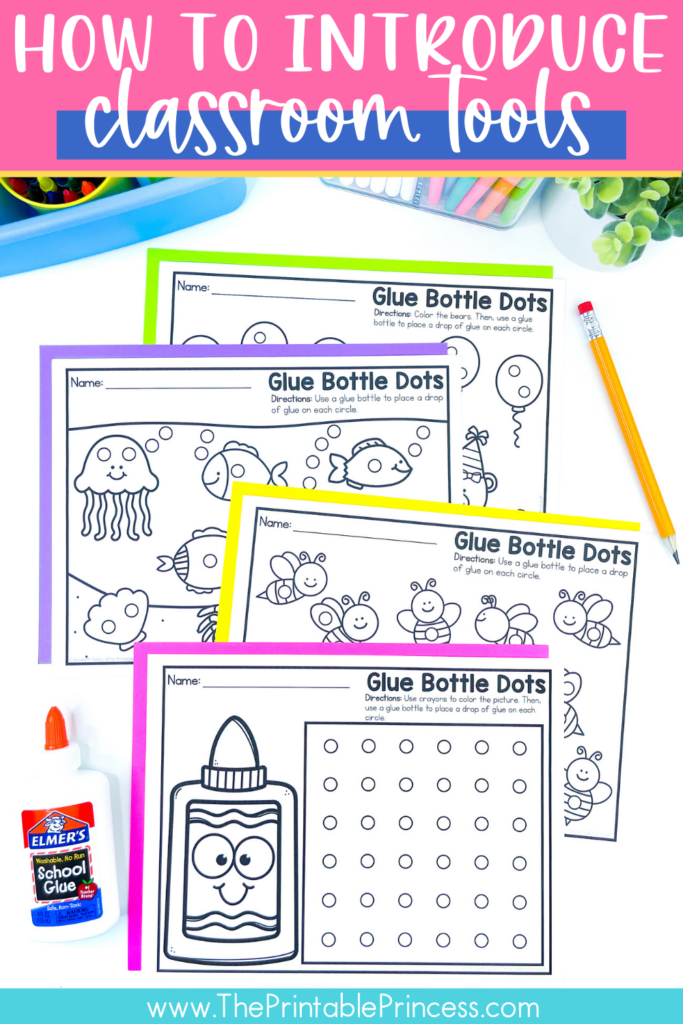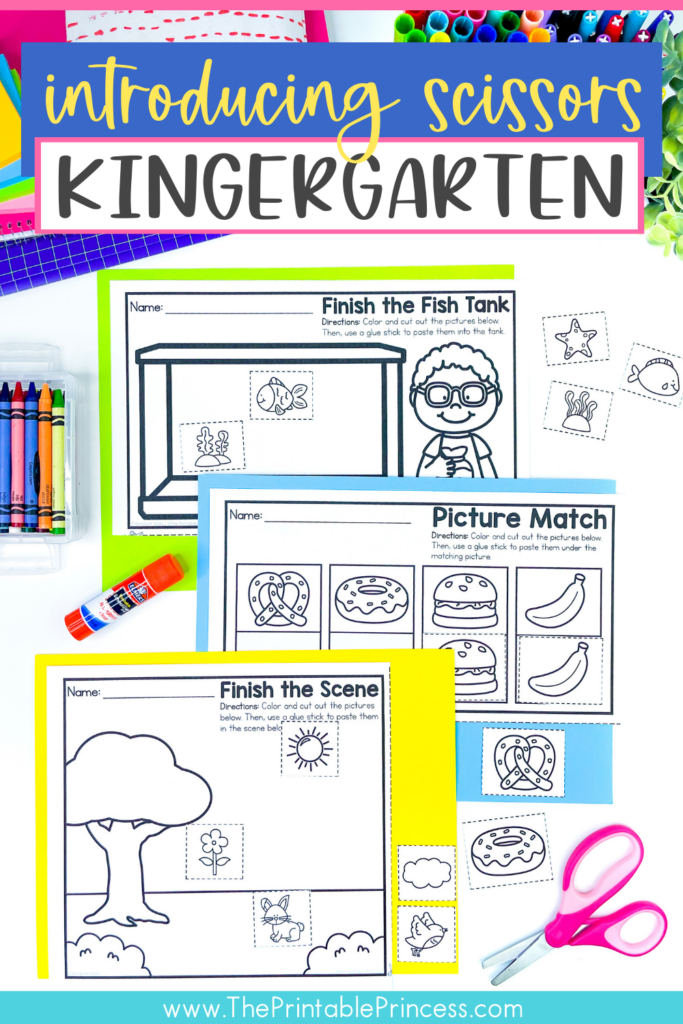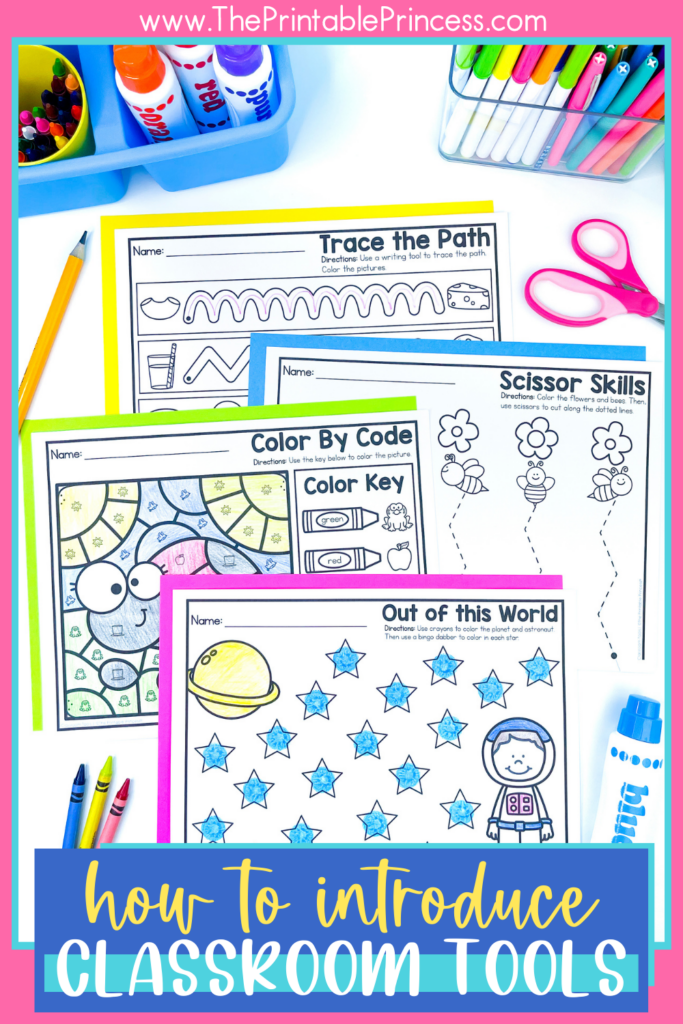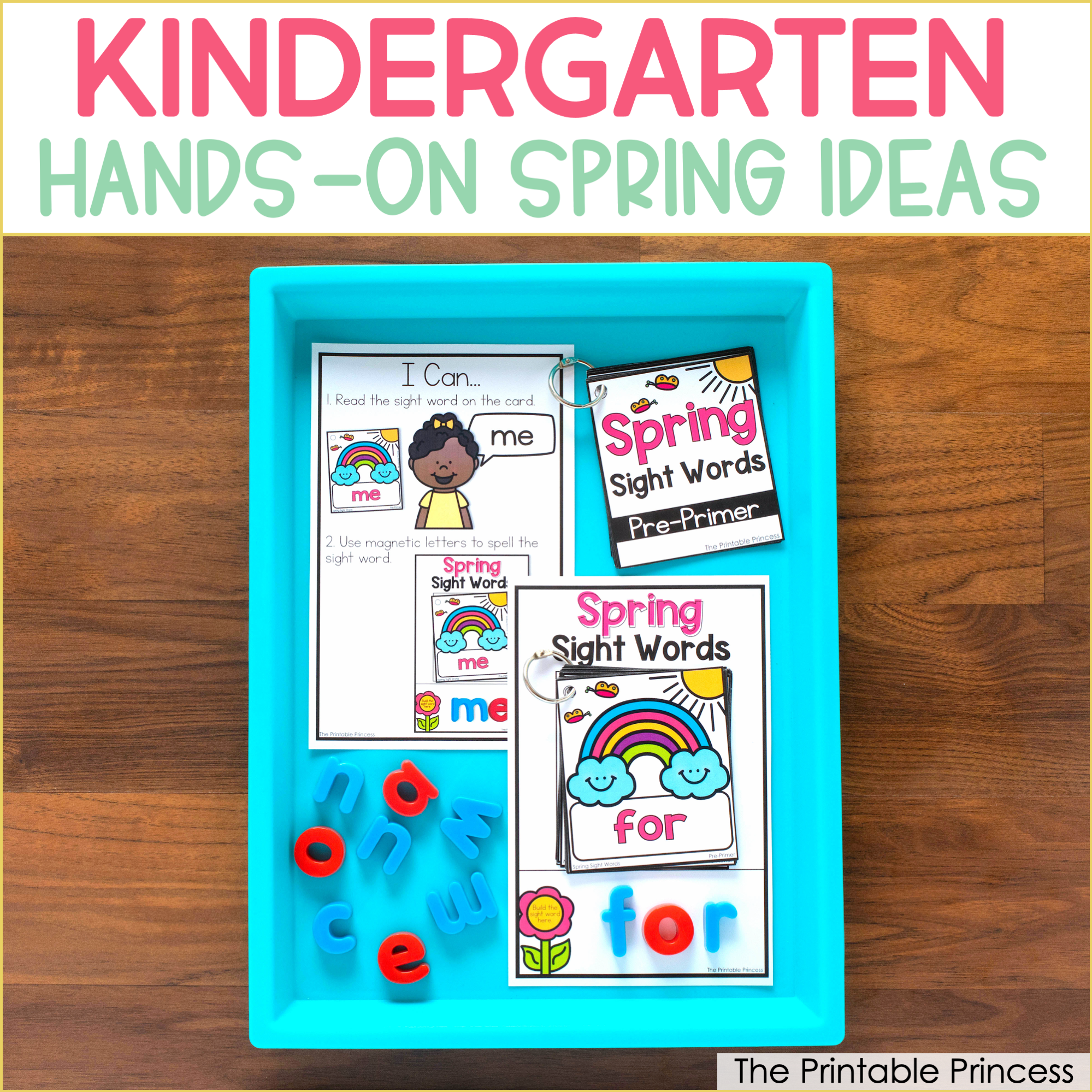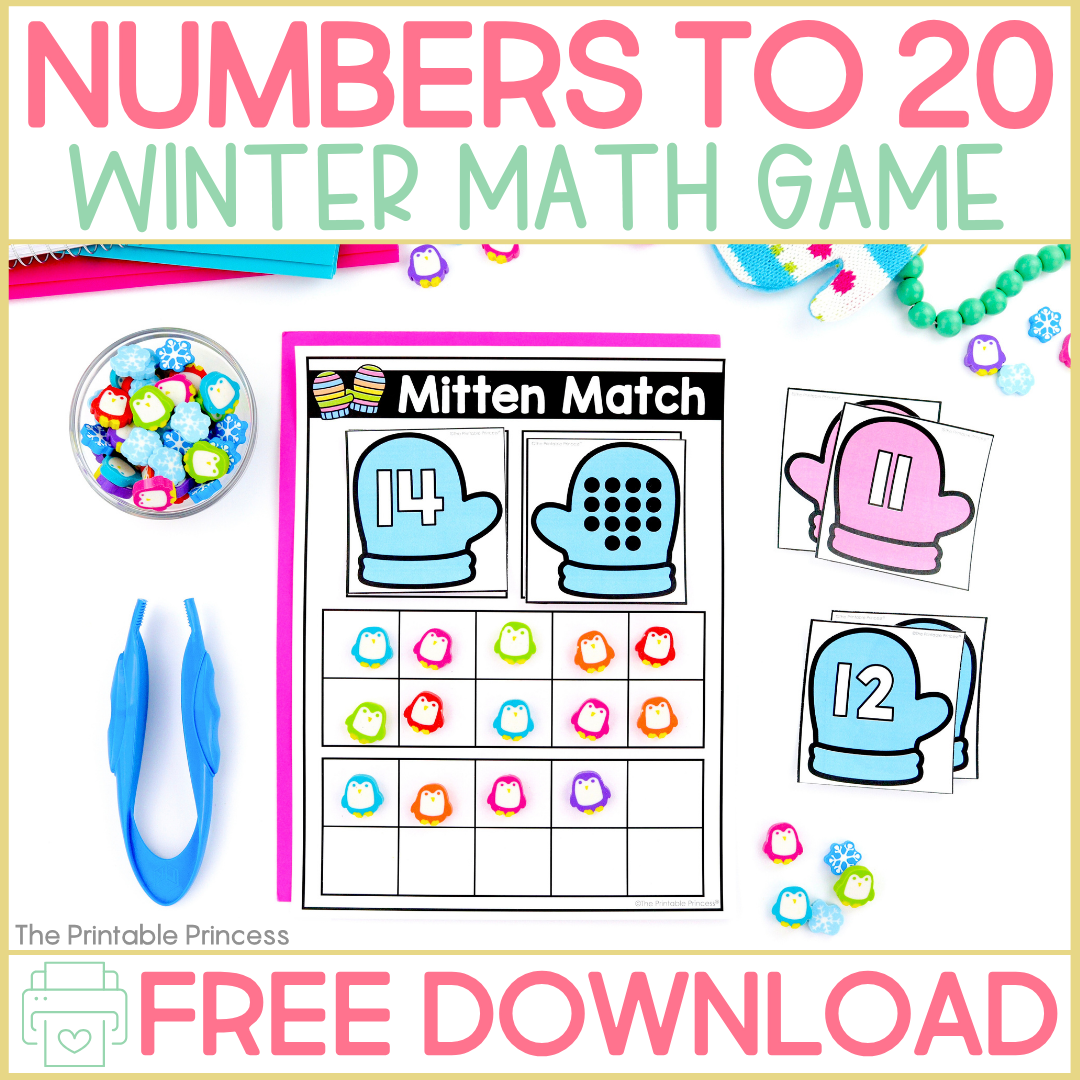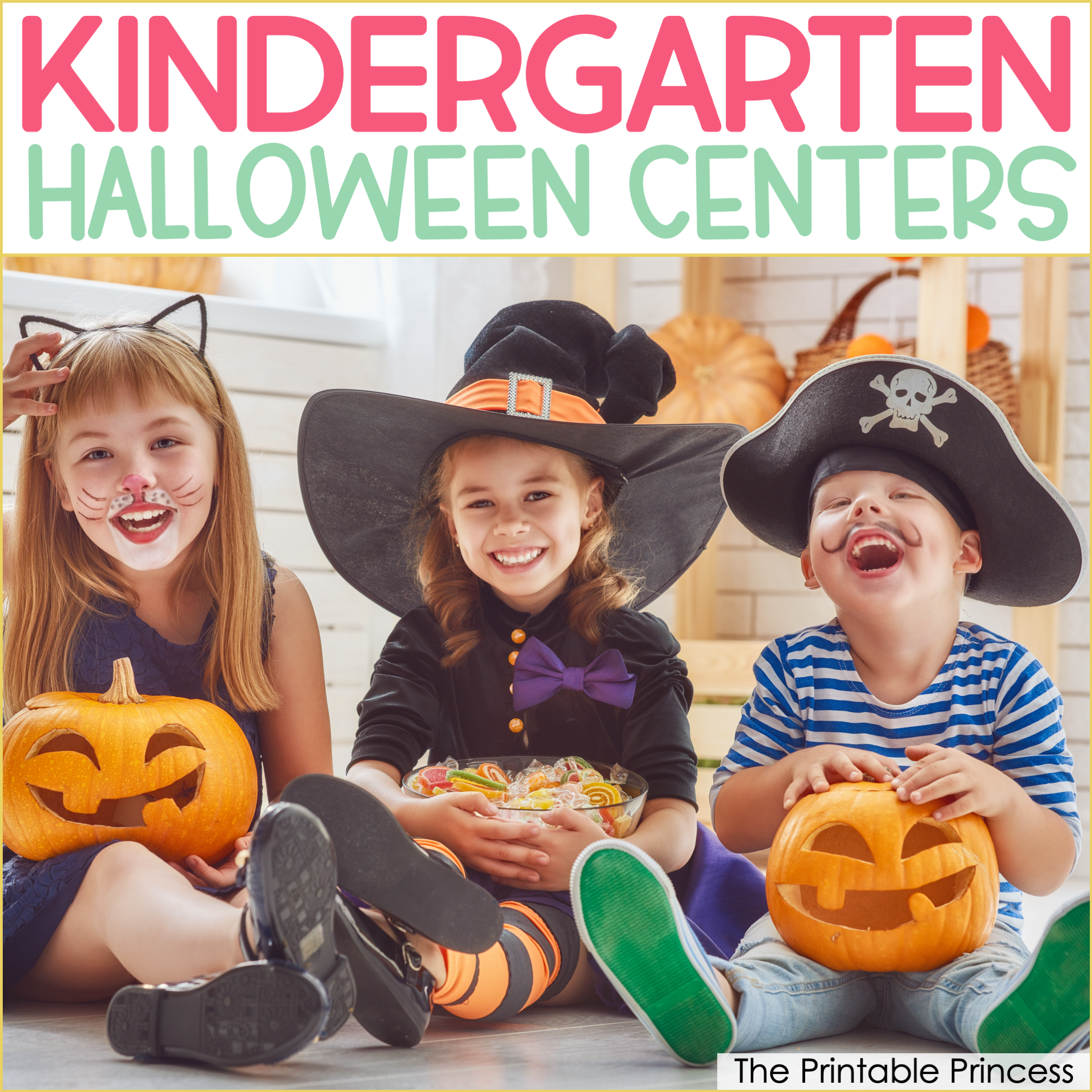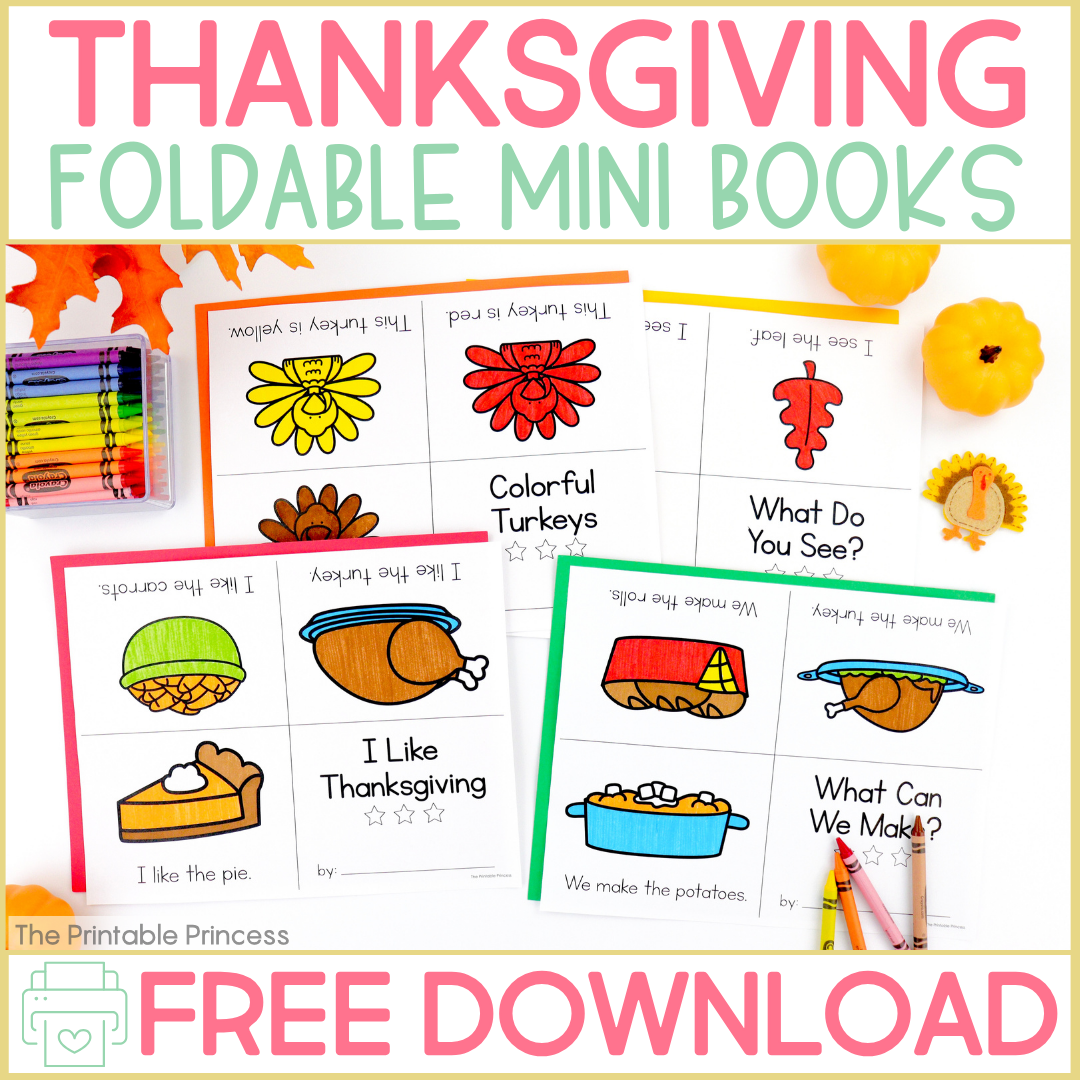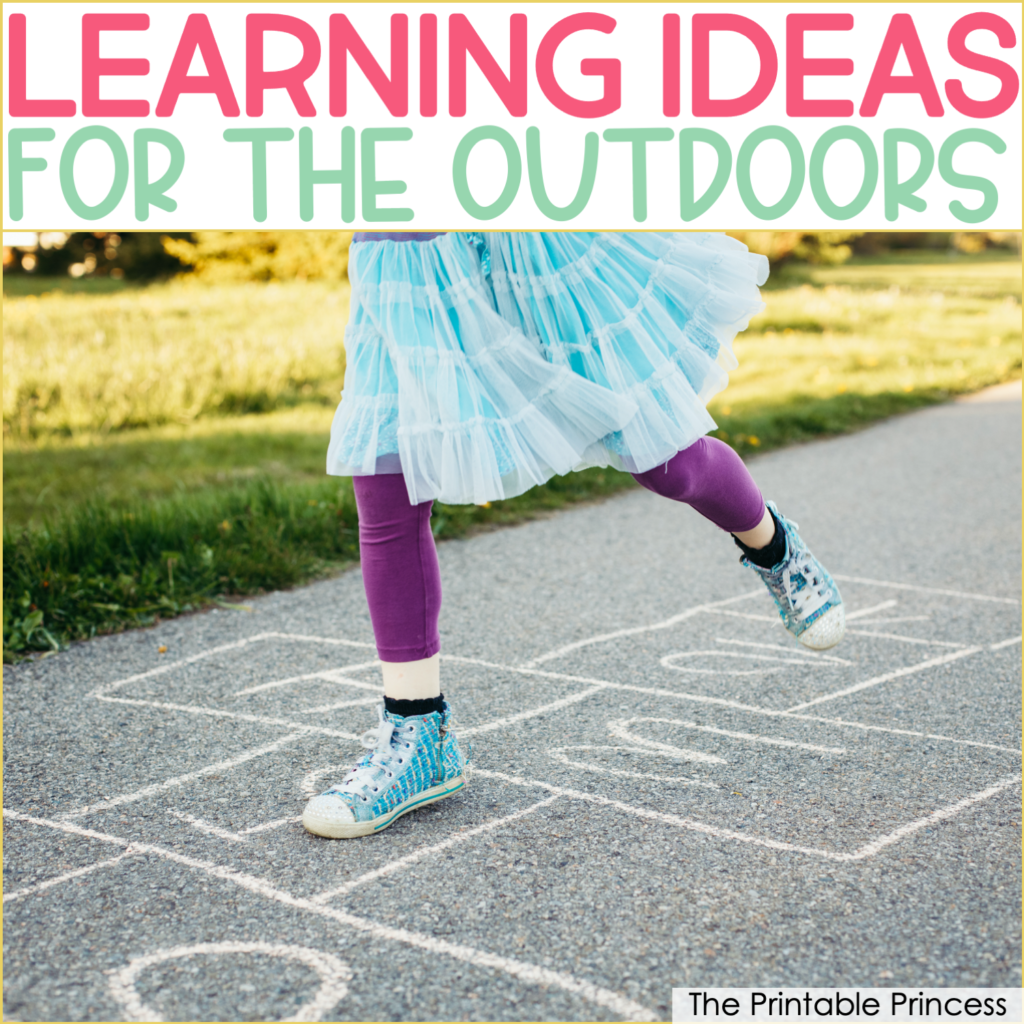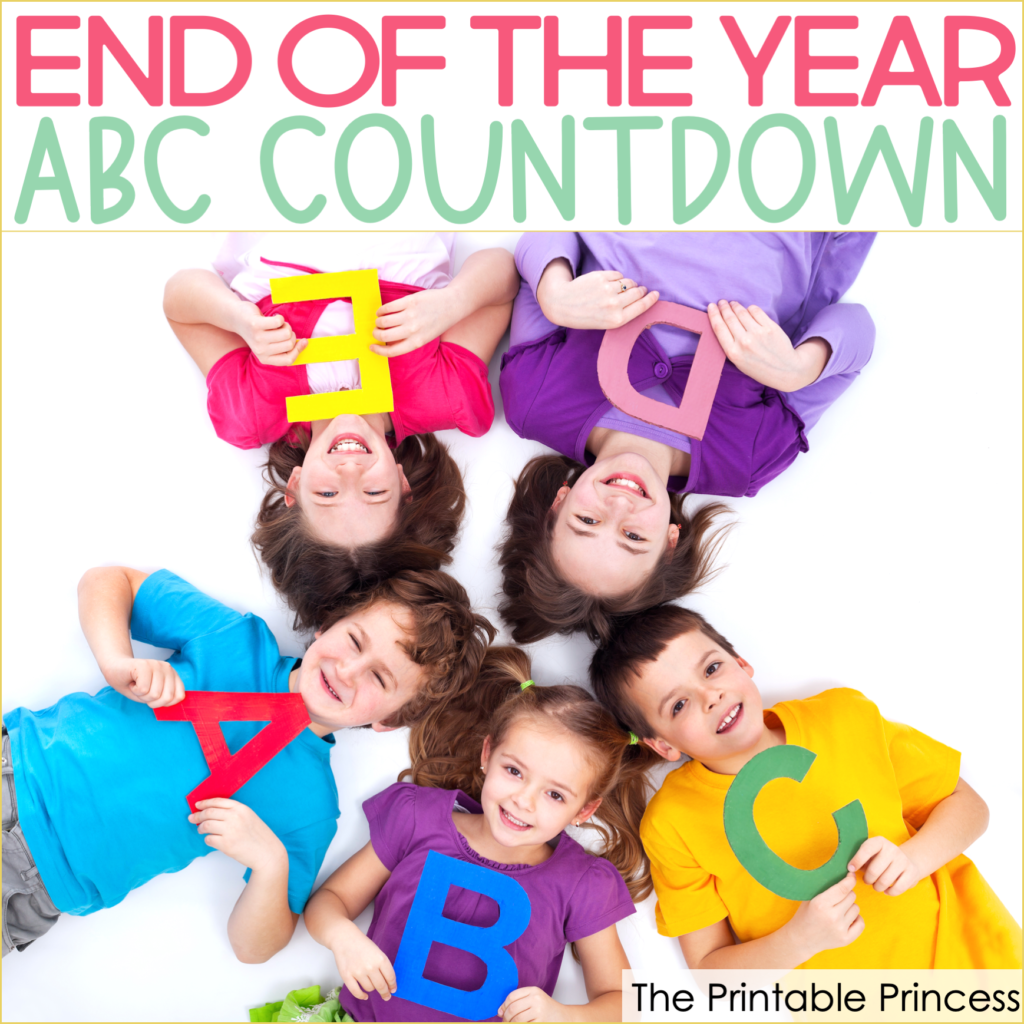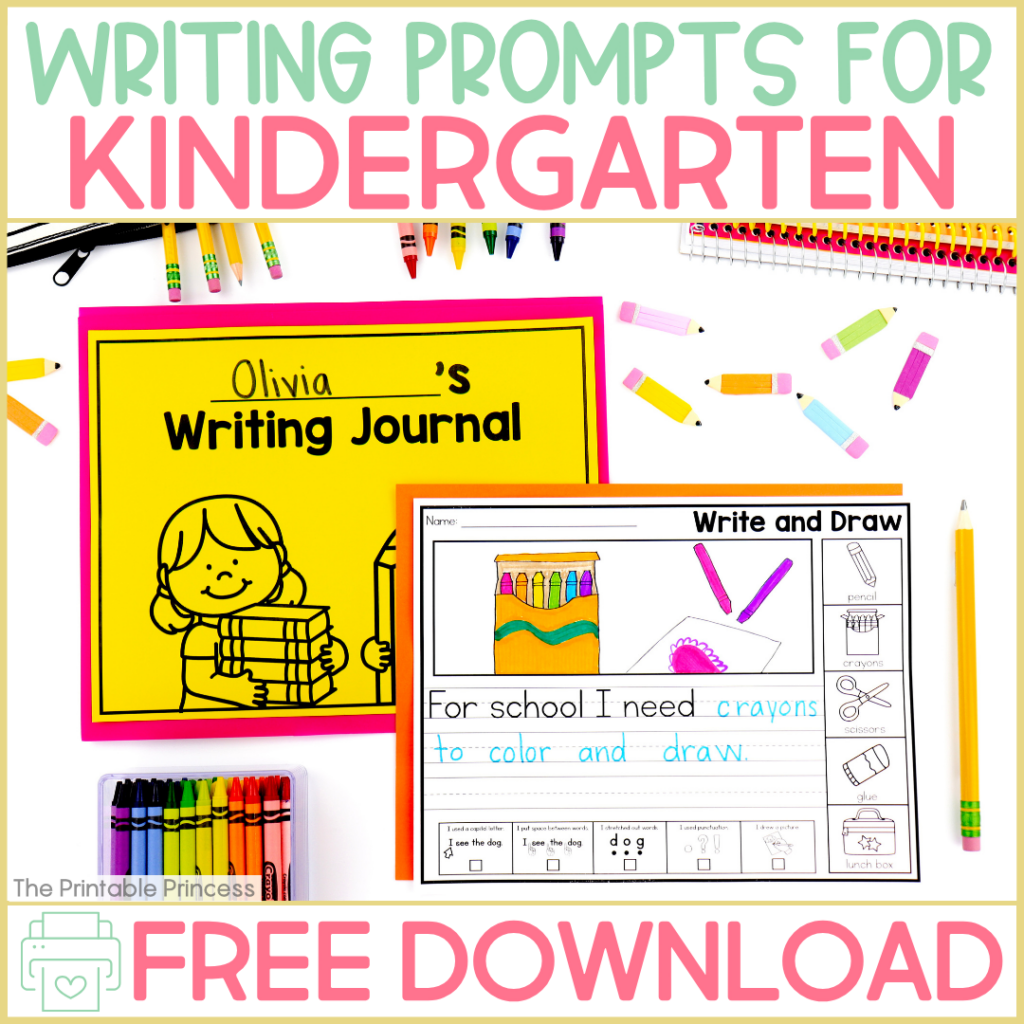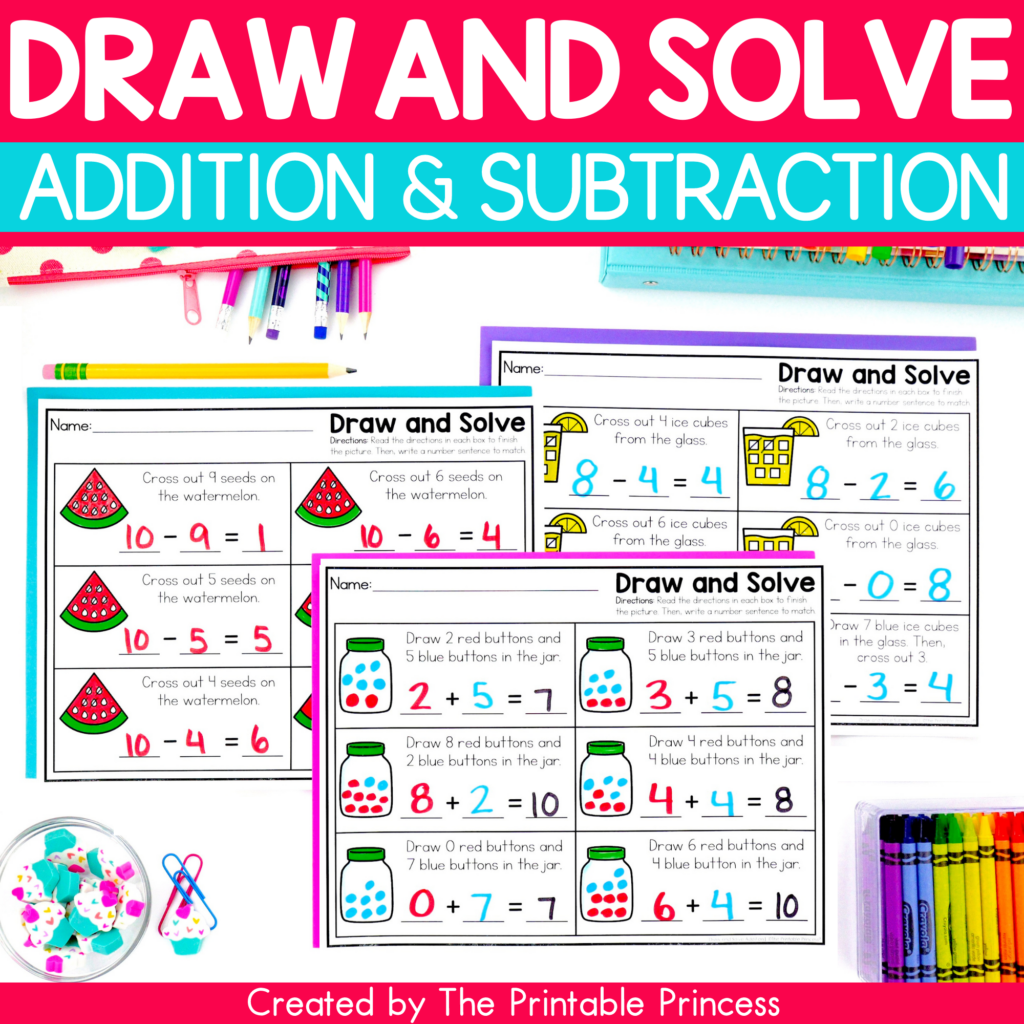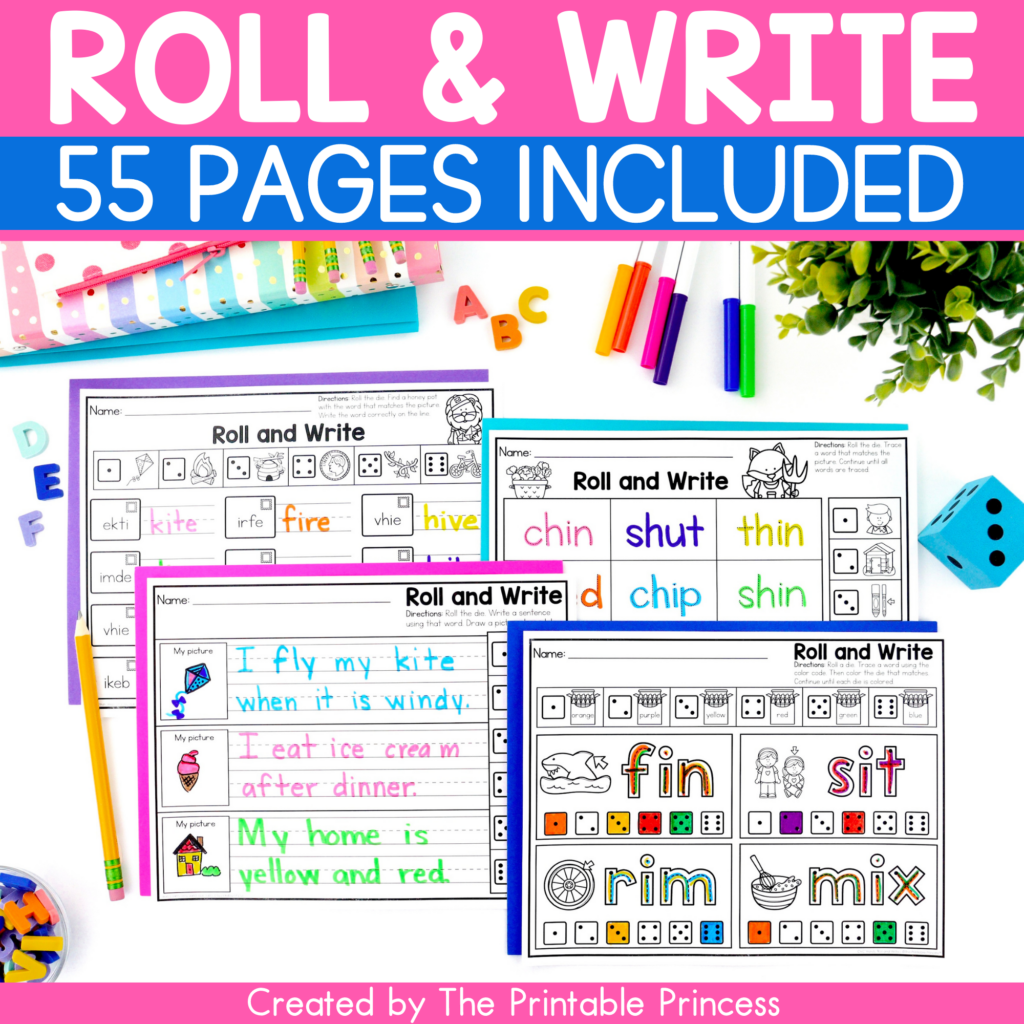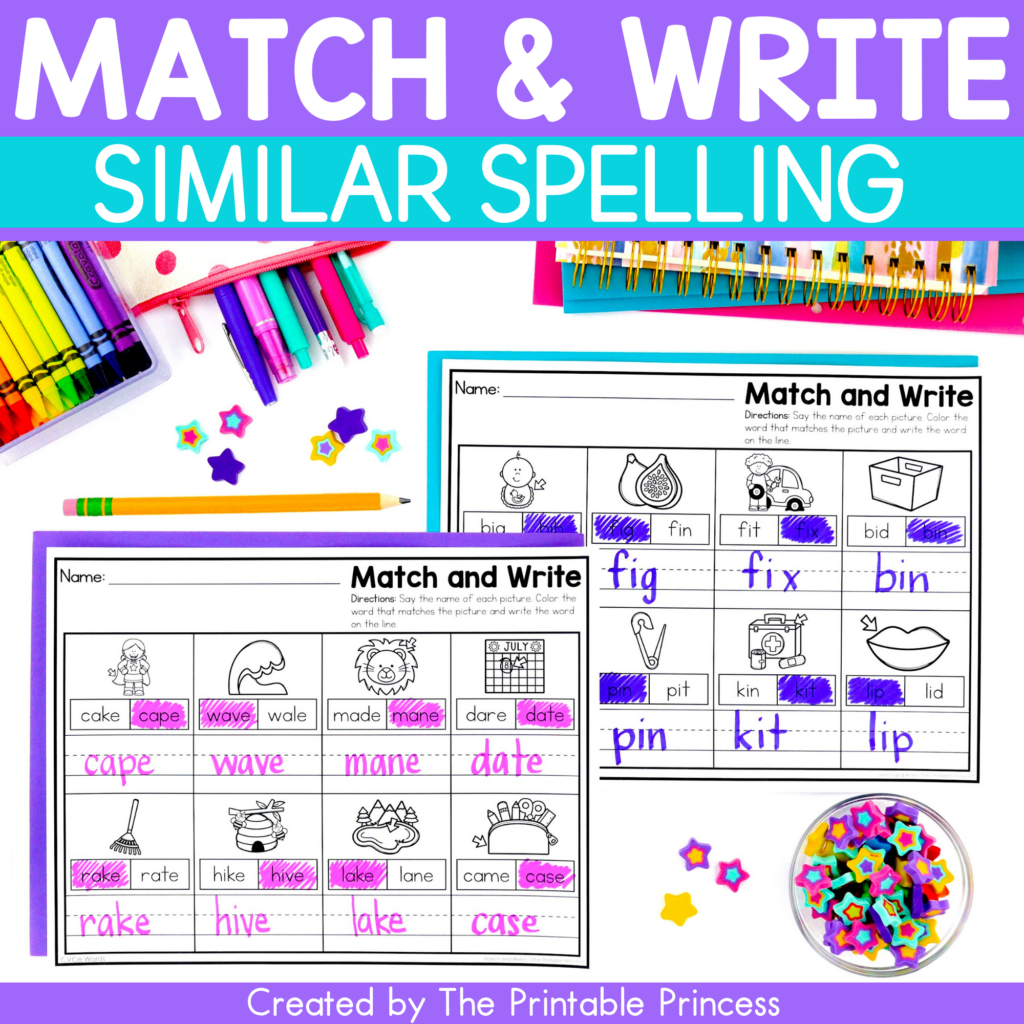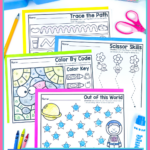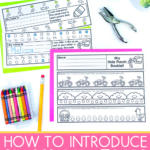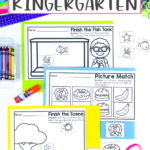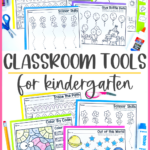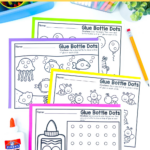5 Tips for Teaching Students How to Use Classroom Supplies
When your students enter kindergarten, there are a lot of new tools for them to learn and use day-to-day. Children need to be explicitly taught how to use classroom supplies for kindergarten. Even if you think it's obvious how to use the tools, it's not obvious to them.
Read on for 5 tips along with hands-on activities to help you teach your students how to use classroom tools correctly.
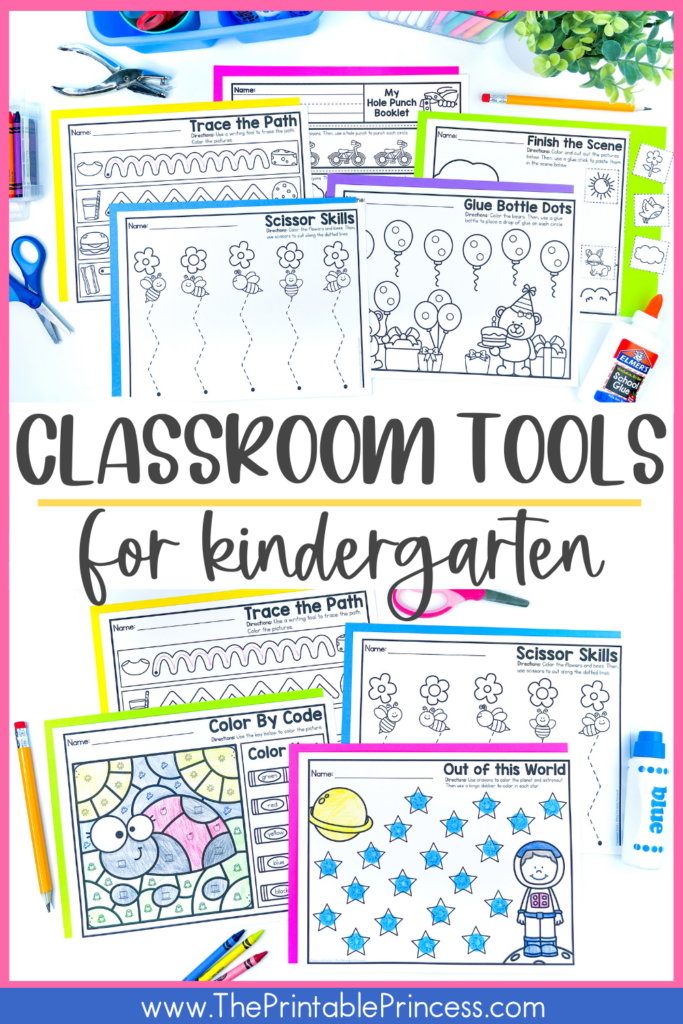
Classroom Supplies for Kindergarten
There are a variety of classroom tools and supplies to teach your students how to use correctly.
When planning the activities you'll use to teach your students how to use their tools, look at your school supply list first. This will give you a better idea of what exactly they'll be bringing to school.
Here is a list of commonly used classroom supplies to help you plan what they'll need to practice using:
- Pencils
- Erasers
- Scissors
- Crayons
- Markers
- Glue sticks
- Glue bottles
- Bingo dabbers
- Stickers
- Hole punches
Tip #1: Introduce tools one at a time.
This first tip will eliminate the overwhelm of learning all the tools at once for your students.
By introducing classroom tools one at a time, it allows students to learn about the purpose of each tool, when to use it, and how to work with it.
For each tool, use a small group mini lesson to introduce it. This will give you time to observe your learners, answer questions, and give extra guidance as needed.
Tip #2: Model the correct and incorrect way to use each tool.
When modeling how to use classroom supplies for kindergarten, it's important to show the correct and incorrect way to use, store, and care for each tool.
By showing both ways, students will see what it looks like when using the tool properly and incorrectly.
As you model, teach the safety rules for the supplies. It's important that students learn how to handle scissors, to never run with them, and how to store them pointing tip-down.
Other important rules to teach are keeping colors and writing utensils on paper, not on the table, securing glue bottle and glue stick lids, safely storing hole punches, etc.
Tip #3: Let students practice using each tool.
After introducing and modeling each classroom tool, let students practice using them with a fun, hands-on activity. Again, it's best to only practice using one tool at a time.
Classroom tool activities such as tracing various paths, cutting various lines, gluing, dabbing, hole punching, and coloring in the lines are all great ways for students to practice.
As you introduce each tool in small groups, have your students practice with these activities so you can help and guide them. This will also help students strengthen their fine motor skills.
Tip #4: Teach students the procedure for each supply.
Decide whether you want to use shared/community classroom supplies or individual supplies. This will impact how students access, use, and store them.
Teach students the procedure for how they will get their classroom tools.
If using individual supplies, they will access them from their desk. If using shared or community supplies, they may access them from a table supply bin or community supply station in your classroom.
If certain supplies will be stored outside of their desk, such as stickers and bingo dabbers, teach students how and when they will access them.
Just as you teach students the procedure for getting their supplies, teach them the procedure for cleaning up and putting them away. Model what it looks like when they are properly cleaned up and put away correctly.
These are procedures to explicitly teach, model, and practice with your students.
Tip #5: Continue practicing during the year.
When teaching students how to use classroom supplies for kindergarten, it's important to continue practicing these routines, and safe, proper use throughout the year.
It's especially important in the first few weeks of school. When a new tool is introduced throughout the year, repeat these steps.
For example, you may introduce hole punches after a few weeks of school. Students will need to learn how to use them, line up the hole punch to the paper, empty the hole punch, and store it properly.
These hole punch booklets are a great way to introduce this classroom tool.
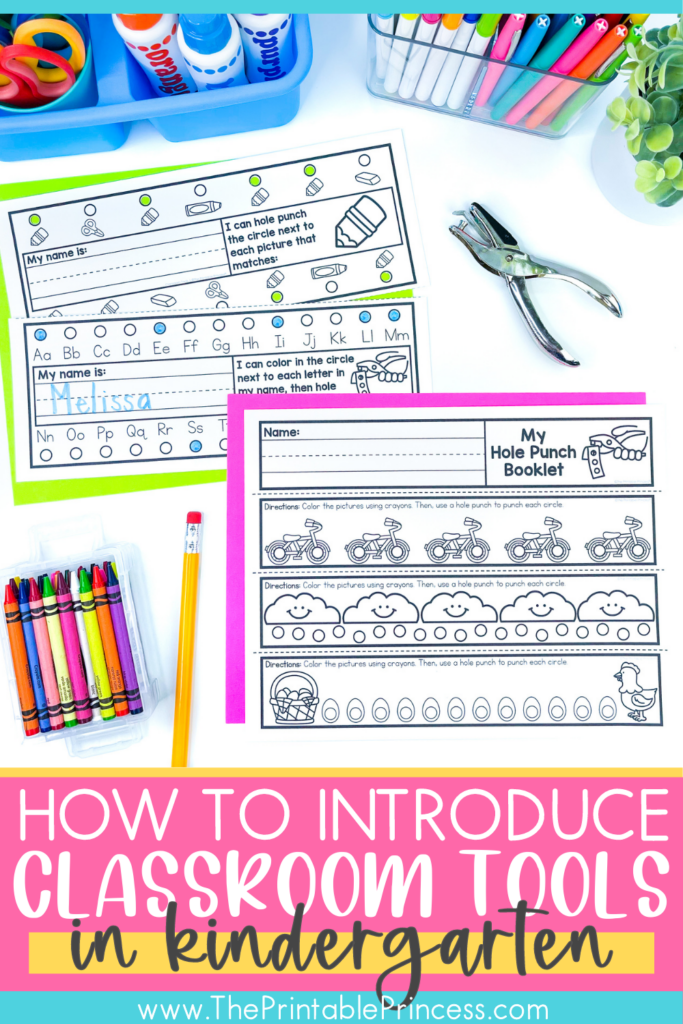
I hope these tips for introducing classroom supplies for kindergarten help make the transition into kindergarten smoother for your students.
You can find all of the activities shown in this blog post in this Classroom Tools Practice Activities resource.
Do you have another tip for introducing and teaching students how to use classroom tools and supplies? Share it below or send me an email at melissa@theprintableprincess.com!

